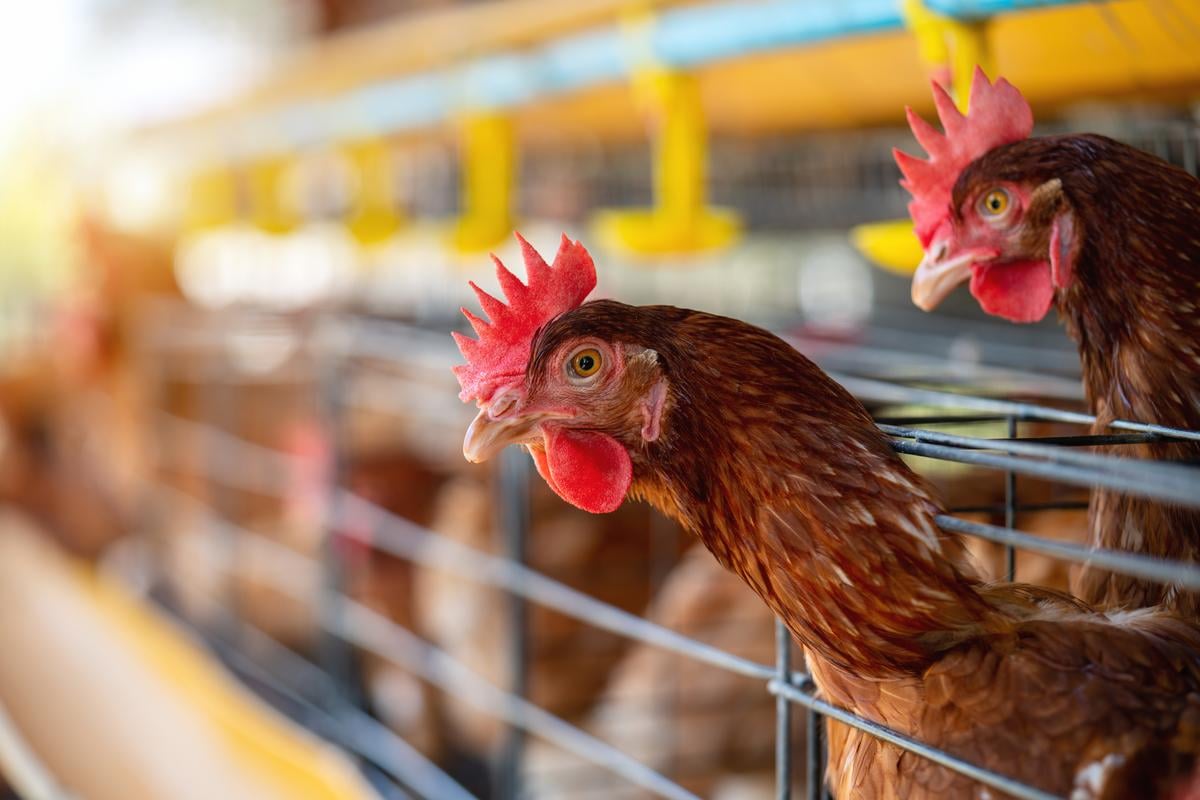
A second person in Missouri who wasn’t exposed to either poultry or dairy cows has been infected with bird flu, U.S. health officials reported Thursday.
This person shared a home with a patient who was first hospitalized with bird flu in August, but antibody tests have since shown that symptomatic health care workers who cared for the patient were not infected with the H5N1 virus, the U.S. Centers for Disease Control and Prevention said in its latest bird flu update.
As for the household contact of the original hospital patient, the investigation has shown that the fact “that these two individuals had identical symptom onset dates support a single common exposure to bird flu rather than person-to-person spread within the household,” the CDC noted.
“To date, human-to-human spread of H5 bird flu has not been identified in the United States,” the agency added. “CDC believes the immediate risk to the general public from H5N1 bird flu remains low, but people with exposure to infected animals are at higher risk of infection.”
Indeed, the number of human cases of bird flu connected to livestock is rising rapidly in the United States. California confirmed 15 human cases of bird flu this week, while Washington state has reported two poultry workers who are infected and five others presumed to be positive.
Except for the two people in Missouri, all infections so far have been linked to exposure to infected poultry or cattle.
Investigators do not know how the Missouri patient and the household member became infected. They had no exposure to infected animals and had not consumed raw milk products that may have carried the virus, officials said.
The latest cases fuel growing concern among public health experts that the ongoing bird flu outbreak that is sickening dairy cows and poultry will eventually trigger human-to-human transmission of the virus.
Across the country, more than 338 dairy herds in 14 states have been infected since the outbreak in dairy cows was first confirmed in March. Avian influenza has been spreading in wild and domestic birds in the United States for several years.
“We should be very concerned at this point,” Dr. James Lawler, co-director of the University of Nebraska’s Global Center for Health Security, told the New York Times. “Nobody should be hitting the panic button yet, but we should really be devoting a lot of resources into figuring out what’s going on.”
Dr. Matthew Binnicker, director of the clinical virology laboratory at the Mayo Clinic, said the Missouri patient and the household contact may have been infected by the same source, or one might have transmitted it to the other.
“I’m really hoping that they ultimately find out that there was some likely animal exposure, because the alternative is a little bit scary,” Binnicker told NBC News.
More information
The CDC has more on bird flu.
SOURCES: Washington State Department of Health, news release, Oct. 24, 2024; U.S. Centers for Disease Control and Prevention, news releases, Oct. 24, 2024, Oct. 18, 2024; Oct. 3, 2024; California Department of Public Health, news release, Oct. 23, 2024; New York Times; NBC News
Source: HealthDay
Copyright © 2024 HealthDay. All rights reserved.

Leave a Reply